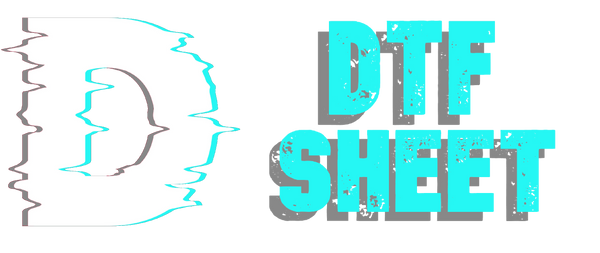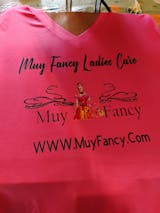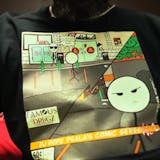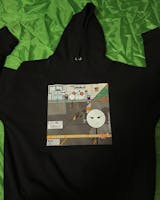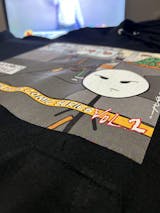With custom DTF printing technology, it is possible to turn designs into reality as they are. Not every desired design can be realized in many traditional printing technologies. Therefore, new technologies are emerging. DTF technology, one of these technologies, enables the realization of any desired design. Producing prints with high resolution, detailed, high quality and colorful designs is possible with DTF technology.
It is possible to translate high end designs into reality with the custom DTF printing method. This printing technology, which frees designers to create the designs they want, is used not only in the clothing industry but also in the accessories, textile and decoration industries. DTF printing is a method that uses digital printing technology to print designs on a special film and then transfer them to fabric or other surfaces through a transfer process. In this process, the design is printed on a film using a special ink, and then this film is applied to the surface where the print will be made with heat and pressure.
It is also possible to carry out mass production or prepare products to order with the custom gang sheet method in DTF printing. Since it is cost-effective, it can be used easily in many areas, from small businesses to large businesses. It is possible to understand why DTF technology makes it so easy to realize any desired design by examining this technology.
How Does DTF Printing Work?
The DTF transfer process consists of many steps. First of all, a design suitable for printing is created using computer-aided design software. The design is prepared digitally using CMYK and white ink. The prepared design is printed on polyethylene terephthalate (PET) film using a special DTF printer. During the printing process, the design's white ink layer plays a critical role to ensure visibility in subsequent steps. After printing, a special adhesive powder is applied to the printed film. This powder, when activated by heat, ensures that the design adheres to the surface.
The prepared printed film is placed on the target surface (usually fabric) and then heat and pressure are applied for a certain period of time with a heat press technology. This process allows the ink to separate from the film and adhere to the surface. After the printing and transfer process is completed, the film is carefully removed from the surface so that the design is transferred to the surface.
Advantages of DTF Printing
Custom heat transfer technology offers many advantages:
- Richness of Color and Detail: DTF printing allows to obtain vivid colors and detailed designs. Thanks to digital printing technology, complex and multi-colored designs can be easily produced.
- Applicability to Various Surfaces: DTF printing can be applied not only on textiles but also on different surfaces such as wood, metal and ceramics. This makes the technology versatile.
- Small Batch Productions: DTF printing is suitable for small-scale and customized productions. This is ideal for personal designs and special orders.
- Less Water Use and Environmental Impact: The DTF printing process uses less water and reduces chemical waste than traditional printing methods, which is a positive feature from an environmental perspective.
DTF printing can be used in different industries:
- Textile Industry: DTF printing is widely used on various textile products such as t-shirts, jackets, hats.
- Advertising and Promotion: Customized designs can be created with DTF printing for advertising and promotional products.
- Crafts and Decoration: Decorative designs can be created with DTF printing on wood, ceramic and metal surfaces.
DTF printing stands out as an effective and flexible technology that enables designs to become reality. Thanks to its innovative structure, it offers a wide range of uses, from small-scale production to large-scale industrial applications.
